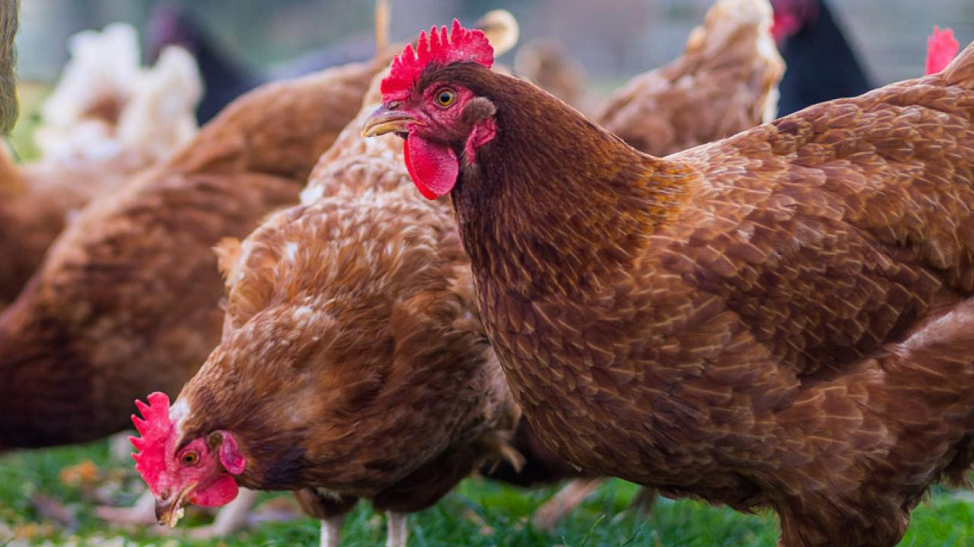The Almond Board of California (ABC), as part of the California almond industry’s Almond Orchard 2025 Goals, is determined to find higher-value uses for almond coproducts – the hulls, shells and woody biomass produced in addition to the nut enjoyed across the world. ABC and affiliated researchers are looking high and low, from Whole Orchard Recycling to strengthening recycled plastics with torrefied almond shells, to find alternative outlets for the industry’s 2.3 billion pounds of kernels, 4.5 billion pounds of hulls and 1.6 billion pounds of shells.1
As part of the discovery process, ABC provided funding to a UC Davis student team – Arash Afsarifard, Julia Cunniffe and Kazunori Machida – to explore an area the Almond Board is interested to learn more about: upgrading almond hull properties to make them a viable potential ingredient in chicken feed supplement.
Why chicken feed, specifically?
Almond hulls contain free sugars (21-25%), cellulose (9-15%), hemicellulose (7-10%), pectin 4-6%, lignin (4-15%), protein ( 4-6%), and fat (1-2%) on dry weight basis. They are too low in protein content and too high in fiber content (cellulose, pectin, etc.) for direct use as chicken feed supplements. However, they can be converted into supplements via a process called solid state fermentation.
This conversion process uses almond hulls as a substrate – a substance on which an organism can live and grow – for fungal cultivation. By supplementing nutrients and fungal spores (which allow fungi to be reproduced) to the hulls, fungi can grow on the hulls. From there, they can consume most of the free sugars and the carbohydrate fibers (cellulose, hemicellulose, and pectin) contained in the hulls to produce fungal biomass, which contains 40-50% crude protein. This process lowers the fiber content of the hull fermentation residue to less than 20% and increases the protein content to about 15%, both which are suitable amounts for use as poultry feed supplements.
In essence, the team produced an almond hull residue with high enough protein content to serve to poultry via feed supplements. And, in fact, the fungal biomass alone can be separated from the fermentation residue to be used as a fish feed supplement.
In terms of next steps for this research, the student team is looking to the UC Davis Animal Farm to test standard feeds versus standard feeds combined with their feed supplement to determine if the chicken receiving the feed supplement experience healthy weight gain when consuming that product. Their future work also includes scaling up the fermentation process.
For more information about ABC’s research into multiple avenues of coproduct use, attend The Almond Conference 2019, held Dec. 10-12 at Cal Expo in Sacramento. More details may be found at AlmondConference.com.

[1] Kernel Weight–USDA Incomings received by Almond Board of California. Shell and Hull Estimations–Almond Alliance of California. August 2018.


